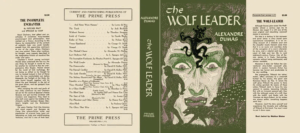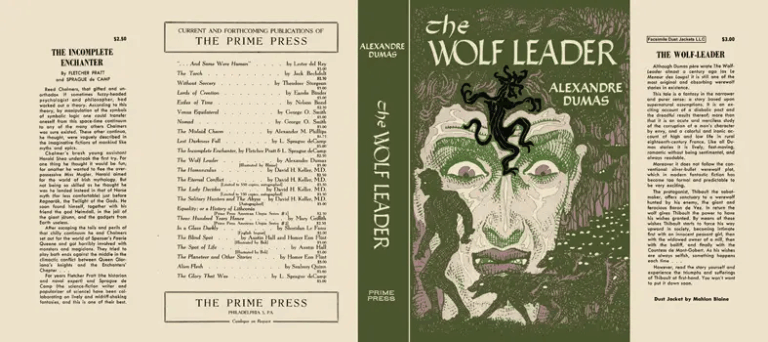La pillola di oggi riguarda il Just in Time, uno dei principi produttivi Toyota alla base del Lean.
Il sistema è introdotto nel 1937, riprendendo il concetto di Jidoka (costruire la qualità dentro al processo) già introdotto da Sakichi Toyoda. E’ suo figlio Klichiro Toyoda che inizia a introdurre il concetto di “continuous flow”, alla base del sistema “Just In Time”.
Il sistema richiede che venga prodotto solo ciò che è necessario, quando è necessario e nella quantità necessaria e si basa su quattro principi:
- Quando si riceve un ordine, le istruzioni di produzione devono essere inviate all’inizio della catena produttiva il prima possibile;
- La linea produttiva deve avere già a disposizione il numero richiesto di tutte le parti necessarie, in modo da poter assemblare qualunque tipo di oggetto sia stato ordinato;
- La linea produttiva deve rimpiazzare le parti utilizzate approvvigionandosi dello stesso numero di parti dai processi di produzione delle singole parti stesse (processi precedenti);
- I processi precedenti devono a loro volta avere già a disposizione piccoli numeri di ciascuna delle parti e devono produrre solo il numero di parti che sono state richieste dagli operatori dei processi superiori.
Un tentativo di applicazione interessante in un processo BIM può essere ad esempio strutturato nella progettazione del flusso di produzione di componenti modulari o prefabbricati per il modello esecutivo di un edificio.
La pillola è estratta da una lezione di BIM.AgileManagement tenuta in sede CLEX il 24/09/2020.
..











No Comments